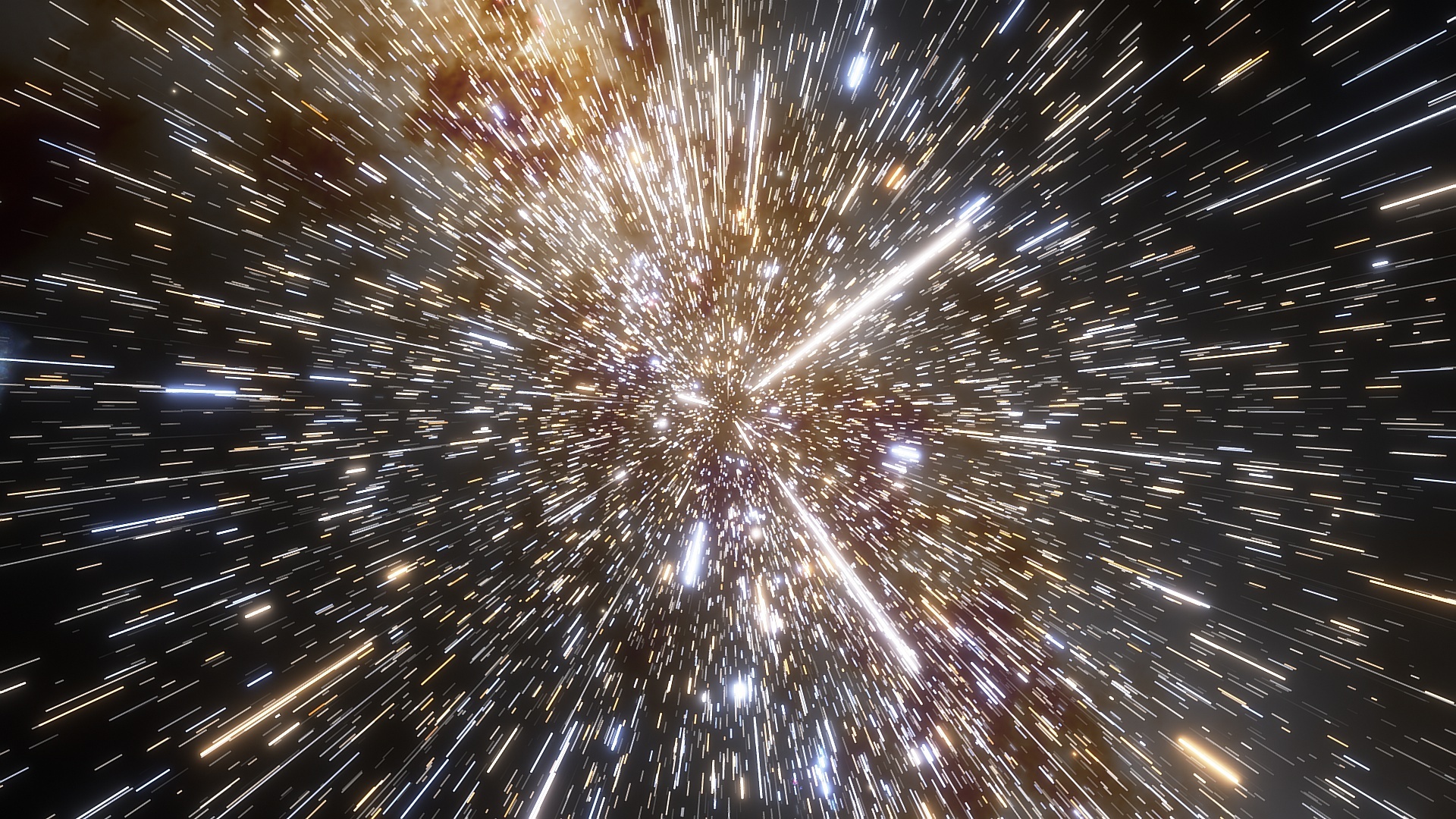May the 4th be With You!
Blasting out of Mos Eisley Space Port, the Millennium Falcon carries our adventurers off Tatooine bringing Luke Skywalker across the threshold into space. With Imperial Star Destroyers closing, Luke bemoans Han Solo’s delay in jumping to Hyperspace. It takes time to make these calculations through the Falcon’s “Navicomputer.” Han explains that otherwise they could “fly right through a star” or “bounce too close to a supernova.” (probably the same effect of each – also are supernovas bouncy?)
Celestial calculations are needed to figure out where you’re going. In Star Wars these are done by ship computers, or later by trusty astromech droids like R2-D2. But, for the first time, simulations have been conducted of an uncrewed ship’s ability to autonavigate through interstellar space. While not at Hyperspace speeds, the simulations do account for velocities at up to half the speed of light. Created by Coryn A.L. Bailer-Jones of the Max Plank Institute for Astronomy, these simulations may be our first step to creating our own “Navicomputers” (or R2-D2s if they have a personality).

c. NASA

